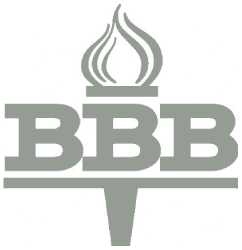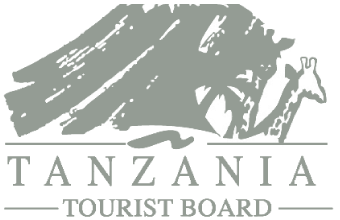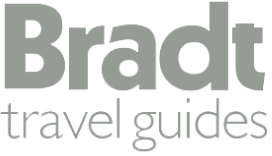Dinners
A typical dinner at many lodges and camps will consist of approximately 3-4 courses. You'll be able to order a la carte off of a menu most of the time, and have a choice of an appetizer, soup or salad, main course (consisting of baked or grilled chicken, beef, or fish) often served with delicate sauces, vegetables, and a starch (baked potatoes or cooked rice, etc.), followed by a dessert, such as a fruit torte or tiramisu, and tea or coffee.
Buffets
The buffets are also quite good. For example, the international dinner buffet at the larger lodges usually consists of many (many) items from which to choose; a salad bar with salads and vegetables, such as fresh avocados; a selection of fresh fruits, such as mango, watermelon, pineapple and passion fruit; fresh breads and cheeses; sliced meats or baked or grilled entrees (such as those listed in the first paragraph above), and a dessert bar with an assortment of fresh fruits, pastries, cakes, tortes, pies, etc.
Hot Lunches
Hot lunches may be lighter than dinners, but you'll still have a variety of many of the items listed above from which to choose. Hot breakfasts usually consist of eggs cooked to order along with a breakfast meat, such as sausage or bacon, as well as a cold buffet of cereals, yogurts, breads, fruits, and sliced meats.
Picnic Breakfast & Lunch
You will always have the option of eating a hot breakfast and lunch at the lodge, but we do recommend going out early in the morning on most days, and maybe even staying out all day on some. In these cases, we do recommend bringing a picnic breakfast and/or lunch with you. Usually, the boxed meals feature items like roasted chicken (served cold), sandwiches, hard boiled eggs, bread, fruits, vegetables, cheeses, yogurt, coffee, tea, etc. If you want to enjoy an early hot breakfast at the lodge, it can usually be arranged for around 7am, or even earlier at some locations if requested ahead of time. Or you can also choose to go out for an early morning game drive (i.e., 6am) and then come back to the lodge for a hot breakfast mid-morning, such as at around 9am. The options are endless!
Dietary Requirements
All the properties that we regularly utilize in Tanzania can cater to many types of special dietary requirements including Vegetarian, Pescatarian, Lacto-Ovo Vegetarian and Vegan. Please note that for vegetarian and vegan guests, adequate protein during meals can be difficult to provide and we recommend supplementation with items such as protein bars, which you can pack in your suitcase and take with you on safari. Please do let us know of any dietary requirements or food allergies well in advance and, preferably, at the time of booking. We will communicate your dietary preferences to each property on your itinerary, including any restrictions and food allergies. Please always make sure to double check upon check-in at each property to make sure your specific requirements have been noted by the kitchen.













